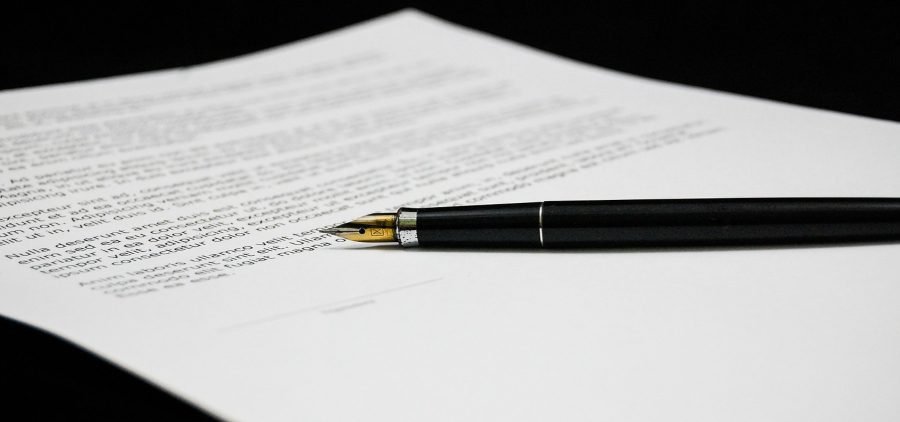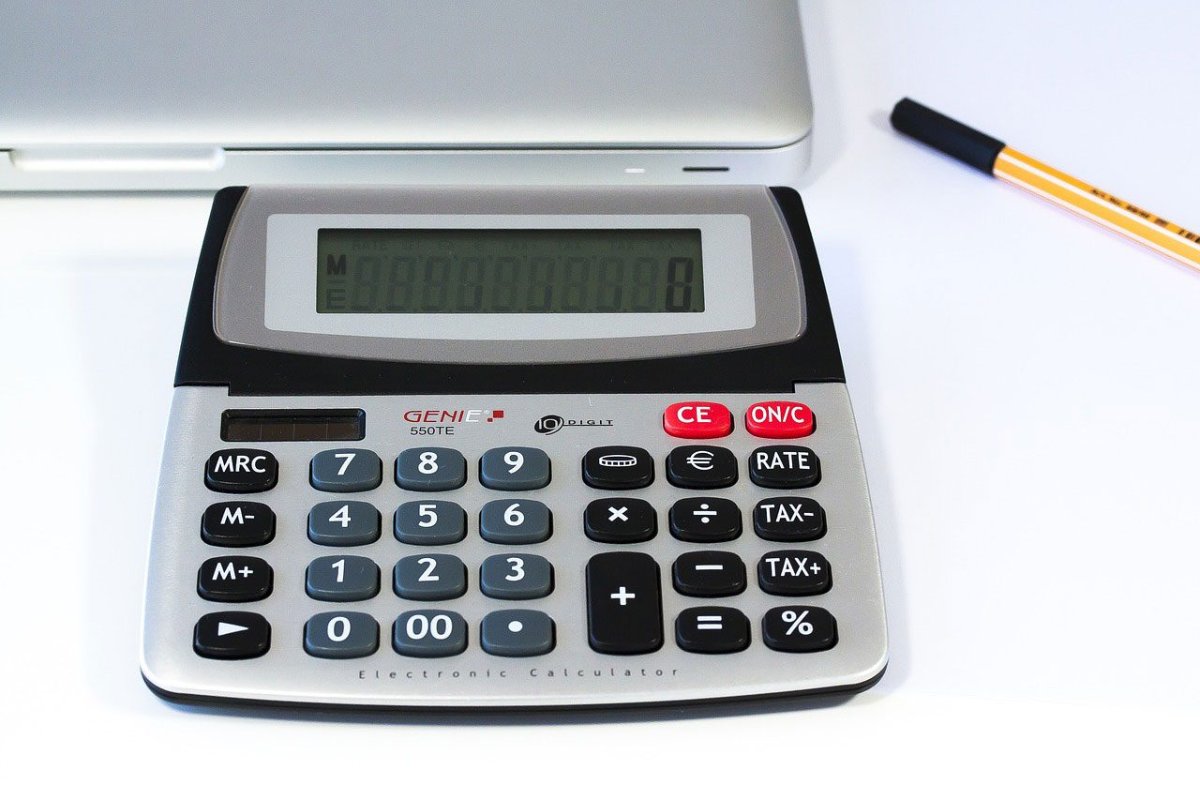When running rental properties of any type in Ontario, you are subject to follow the rules that govern the relationship between you and your tenant. This means you have to set up things like the lease agreement in specific ways, and the tenant must also do their part to follow through on the specifics of that agreement.
The standard rental lease agreement in Ontario takes into account the regulations that must be followed; are you aware of what requirements must be followed in new Ontario rental agreements?
Get up-to-date on what must be in your lease agreement when working in Ontario today, and you can be confident in the security of your rental properties.

What is the New Standard Rental Lease Agreement in Ontario?
As you know, every landlord and tenant relationship is usually cemented by signing a lease agreement, which details how the use and management of the rental property will occur. Until 2018, these lease agreements were structured by each individual landlord, and this led to confusion in many landlord-tenant relationships.
As of April 30, 2018, however, the Ontario government passed legislation that requires all landlords to use a standard lease form when doing private residential rentals.
The purpose of creating this standard lease was to eliminate the confusion caused by varying lease structures and simplify the process of renting. Additionally, using this lease creates protections for both the landlord and the tenant that might be skipped over otherwise.
What’s in the Standard Rental Agreement in Toronto?
If you’re working as a landlord in Ontario, you will have to use the standard lease agreement as the structure for your lease agreements for all rentals. What is in that agreement? Let’s break each section down.
1. Who The Agreement Is Between
This section names the landlords and tenants that are involved in the agreement.
2. Rental Information
This section details the address of the rental, what type of unit it is, and what parking is included with the rental. When doing a condominium lease agreement in Ontario, the agreement should note here that tenants must follow the associated bylaws of the condominium as well as the Toronto condo lease agreement.
A condominium lease agreement is a legal agreement between the owner or Toronto property manager of a condominium and someone who wants to rent it. The tenant must follow the rules set by the condo association and state landlord-tenant laws. This document is essential because it ensures no confusion about the rules for renting a condo.
3. How To Contact The Landlord
This section details the contact information for the landlord and determines what the default option should be for contact in various situations.
4. Dates Of Tenancy
This section states what day the tenant can move in and how long of a tenancy period this agreement covers.
5. Rent Cost
This section sets up the total rental amount. This section will also include a detailed breakdown of the rental cost by the base cost and separate charges for services provided by the landlord to the tenant (such as air conditioning or a parking fee).
How, when, and where rent should be paid will also be included here.
6. Utilities And Other Services
Things that are included in the base rent cost, as well as those that are added to the total amount charged monthly, should be outlined in detail here.
This section should determine who is responsible for the cost of utilities at the unit, what services will be provided, and what the terms of those services are.
7. Rent Discount
The standard lease agreement in Ontario gives landlords the option to offer discounts to their tenants in this section.
8. Rent Deposit
This section sets up the rent deposit, how much is required, and how it will be handled by the landlord.
9. Key Deposit
If a key deposit is going to be required, it must be agreed upon by the tenant and landlord in this section. As with a rent deposit, the amount that can be collected and how it can be used is limited by the RTAs regulations.
10. Smoking Rules
While smoking is not allowed in common areas due to provincial laws in Ontario, the landlord and tenant must agree on what the rules regarding smoking will be within the rental unit.
11. Insurance Requirements
This section details whether or not liability insurance will be required for tenants by the landlord. If required, you may require tenants to provide proof of coverage.
12. Change Permissions
This section explains what can and cannot be done within the unit in terms of hanging pictures, painting walls, etc. Tenants must have your permission to do anything not listed in the standard lease, but you and the tenant can agree to additional details in section 15.
13. Maintenance Rules
This section details the responsibilities and rights of both you and the tenant in regard to maintaining the rental unit.
14. Subletting Or Assignment
This section details the rules put in place by the RTA about subletting.
15. Additional Addendums
If there are more terms specific to the tenancy agreement or the unit you want to add, they can be added here. Like all other sections, they must be agreed upon between you and your tenant to be considered valid.
All additional addendums must be written in clear, understandable language, and no addendums that conflict with landlord-tenant laws may be included.
16. Change Approval
As this is a standard lease, any changes to the structure of the agreement must be agreed upon by both parties in writing; this section explains that.

17. Signatures
Everyone must sign the agreement in this section. You must provide each tenant with a copy of the agreement within 21 days of signing.
Get Organized With the Standard Lease
While it can feel a bit like control is taken out of your hands when switching to a standardized lease form, the form created for Ontario has space for you to cover everything you typically cover. The idea is not to take away control from landlords but to equalize the landlord-tenant agreements and make them clear to all parties.
The standard agreement makes it simple to set up clear, concise terms. In the long run, that will only benefit you and your tenants, as clear communication is incredibly important in a landlord-tenant relationship.
Use the standard lease agreement form to ensure your business and your properties are protected and properly maintained as you run your rental business.



